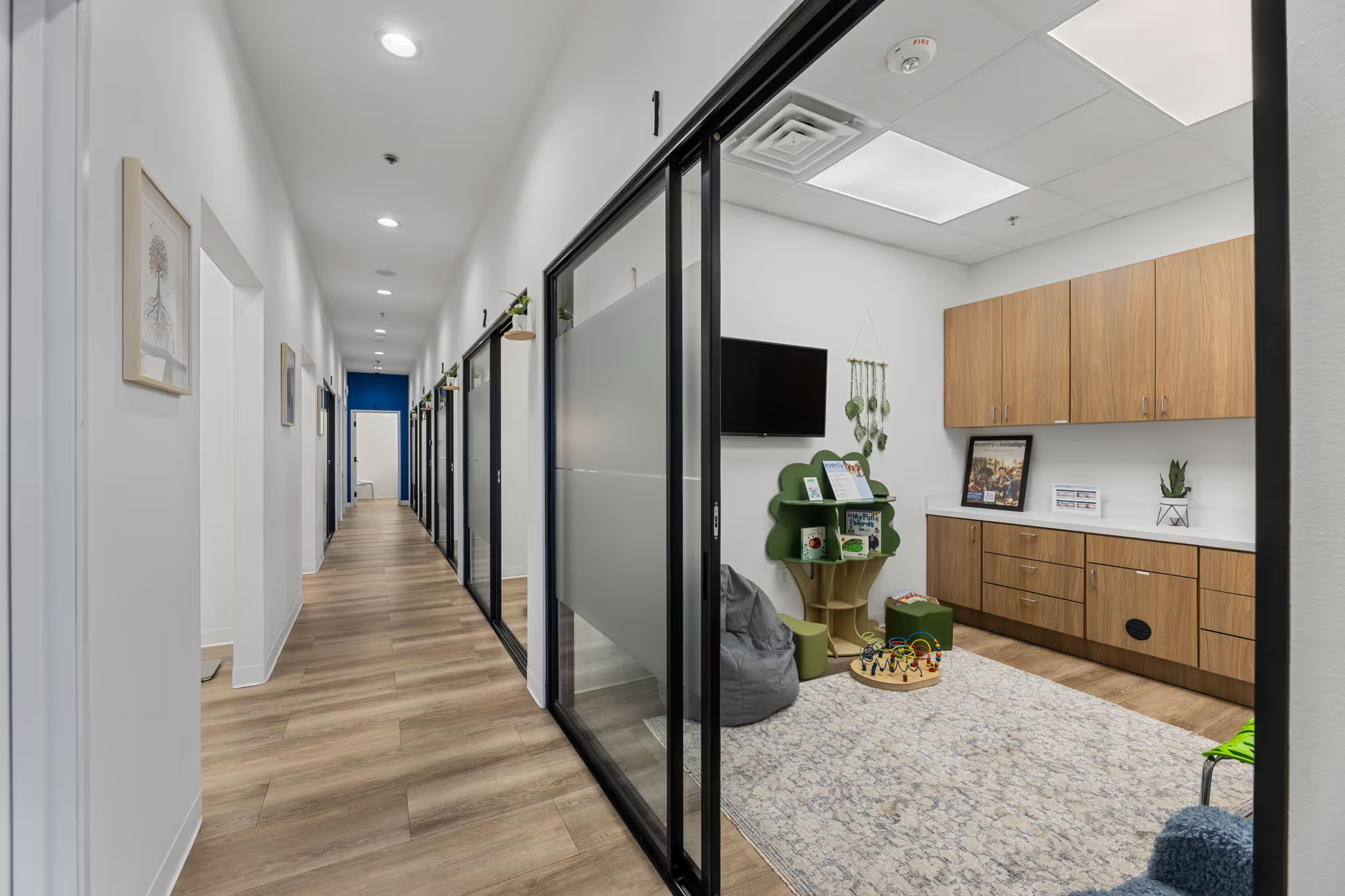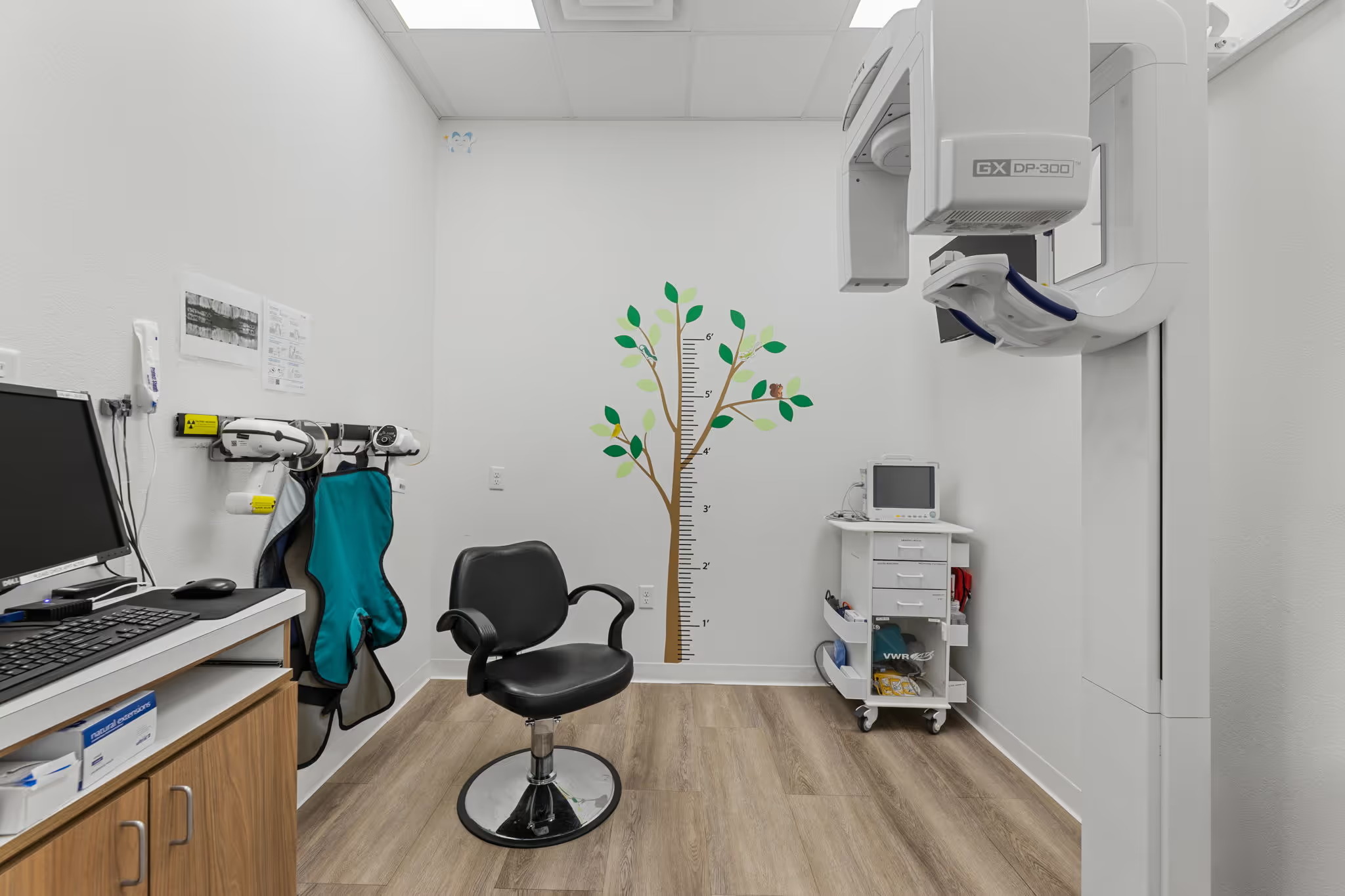We believe great dental care should be simple and stress-free — especially when it comes to insurance. Sprout Dentistry for Kids is a Fee-For-Service practice that accepts most PPO insurance plans. We also have a full-time financial coordinator who will walk you through your benefits and help you understand how to get the most value from your plan.
We gladly accept Medicaid plans through DentaQuest, UnitedHealthcare Medicaid, and MCNA (Managed Care of North America). If you’d like help determining your coverage, our team is happy to verify your benefits and explain your options before your visit.
Have questions about our model or want to know if we accept your plan? Give us a call — we’re here to help.




